Assam
About Assam
Assam, a treasure trove of natural beauty and diverse history, is one of the least explored regions in the country, lending it an immaculate, untouched aura that is sure to allure you. A land of wild forests, mighty rivers, and acres and acres of tea plantations, Assam, located in North East India, has a breath-taking landscape and is known to be one of the top biodiversity hotspots in the entire world. A veritable paradise, Assam shares international borders with both Bangladesh and Bhutan and boasts of its vibrant culture and scenic beauty, as well as its historical significance. One of the most beautiful states of India, Assam is the gateway to the enchanting and unexploited northeastern part of the country. With the majestic Brahmaputra river, magnificent hills, its rich flora and fauna, the state is every tourist’s paradise.
Guwahati
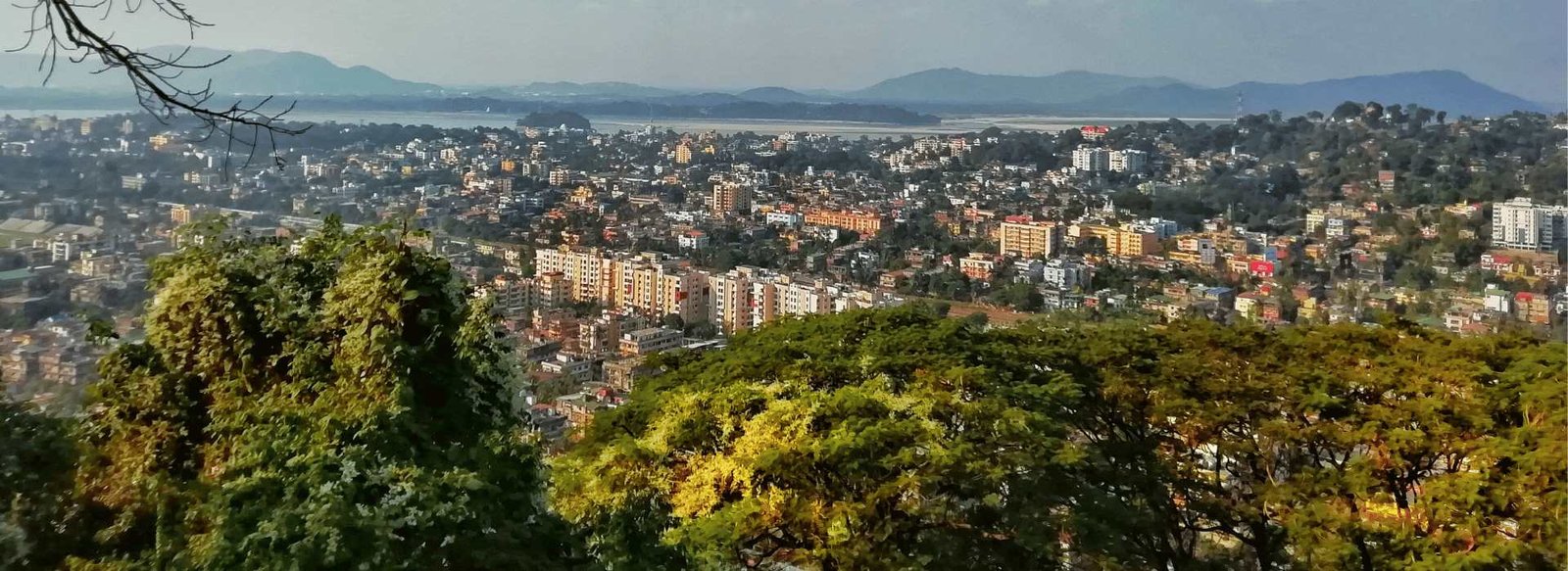
Famously regarded as the gateway to North-East India, Guwahati is the largest city in the state of Assam. It is also the largest metropolis in the entire North-Eastern region of India, making it the most preferred staging point to other destinations in the region. Sandwiched by the river Brahmaputra on one side and the Shillong Plateau on the other, this city was formerly known as Pragjyotishpura. The name Guwahati is derived from the union of two Assamese words – ‘Guwa’ meaning Areca Nut and ‘Haat’ meaning market.The capital of the state of Assam, Dispur, is located within Guwahati. Serviced by Lokpriya Gopinath International Airport towards the west and India’s first fully solar-powered railway station at its heart, the city is well connected to other regions of the state and India. Millions of people each year traverse through the city for their livelihood, travels or for religious purposes. Kamakhya Temple, located at the top of the Nilachal Hill and dedicated to Goddess Kamakhya, plays host to thousands of devotees each day. Lakhs of pilgrims and tourists throng to this holy site during the Ambubachi Mela each year. Apart from the Temple of Kamakhya, other sacred temples such as Umananda and Navagraha are also present in the city.
Jorhat
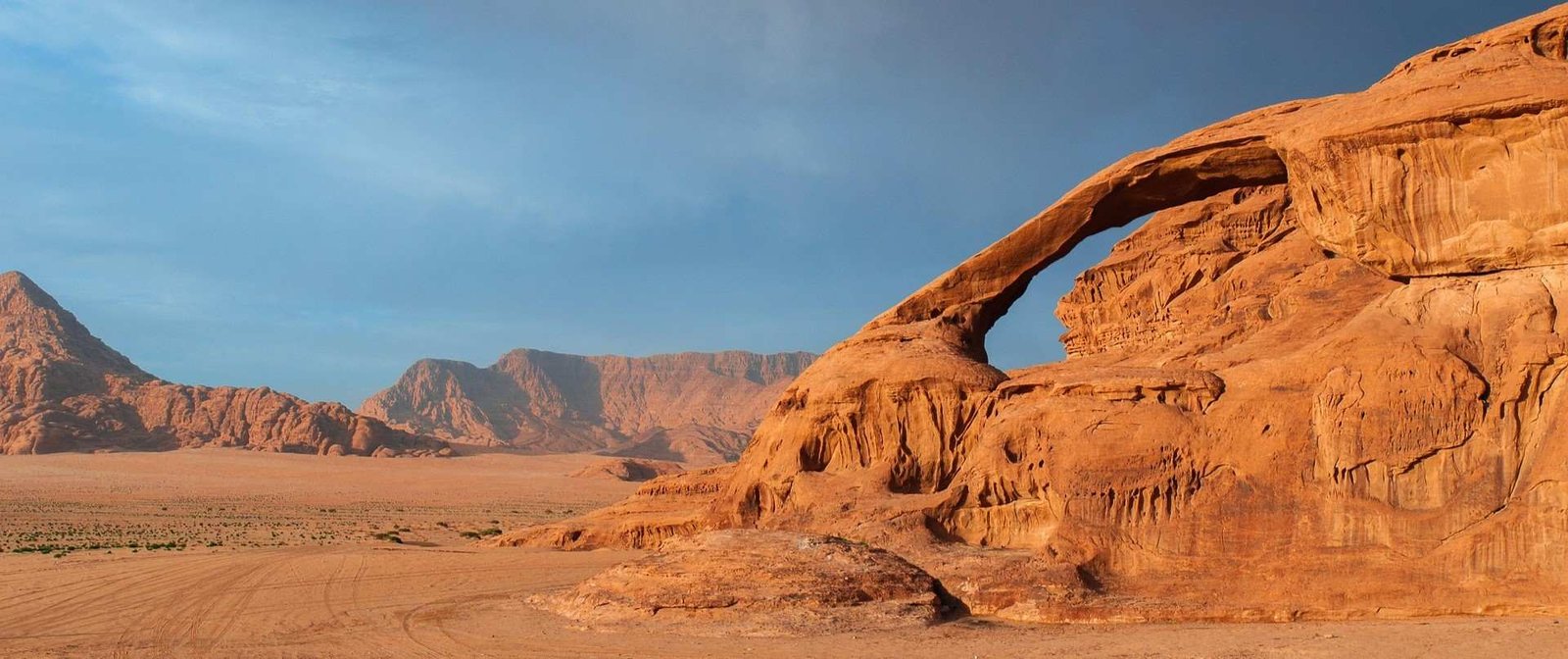
Famous for its culture, mosques, tombs, gardens and most importantly – its tea plantations, Jorhat is a culturally and commercially important city in the state of Assam. The headquarters of Jorhat district, this city is also known as the tea capital of India. It is located at a distance of about 305 Km from Guwahati and around 138 Km from Dibrugarh.The beautiful, commercial, cultural and artistic city of Jorhat is the second largest in Assam. Tea plantations are the main agricultural areas around the city which also takes the shape of a tourist attraction given its simple natural charm. There are as many as 135 tea gardens in Jorhat. Apart from the tea plantations, Jorhat is home to other heritage sites and other natural reserves – Thengal Bhawan, Raja Maidam, Gibbon Wildlife Sanctuary and Dhekiakhowa Bornamghar are some of the major places of interest here. The Dhekiakhowa Bornamghar is the oldest and the most famous place of worship in Assam, which attracts a lot of tourists every year. The river island of Majuli, which is the world’s largest river island is just 20 km away from this town and it can be accessed by ferries from Nimati Ghat.
Things to Do
Majuli
Majuli is a beautiful island located in the river Brahmaputra, close to Jorhat. This island is the biggest river island in the world and it attracts tourists from all over the world.The island is lush green and pristine. Mostly inhabited by tribals, the culture of Majuli is unique and interesting. The festivals celebrated here are all joyous and vibrant.
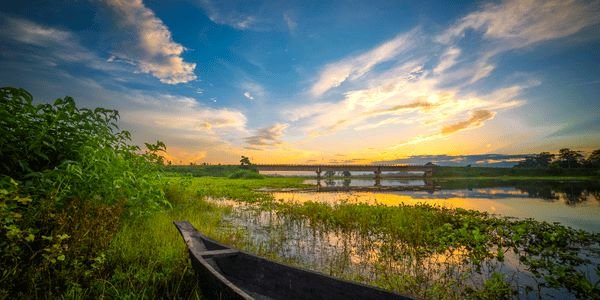
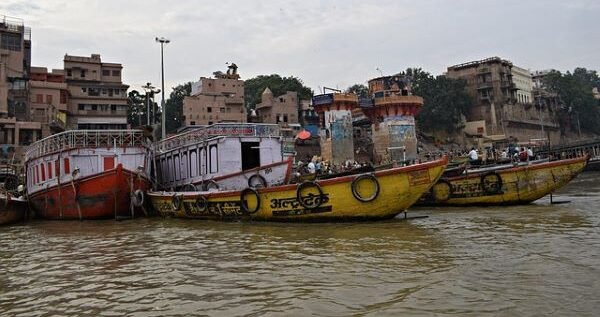
Nimati ghat
Majuli is a beautiful island located in the river Brahmaputra, close to Jorhat. This island is the biggest river island in the world and it attracts tourists from all over the world.The island is lush green and pristine. Mostly inhabited by tribals, the culture of Majuli is unique and interesting. The festivals celebrated here are all joyous and vibrant.
Sivasagar
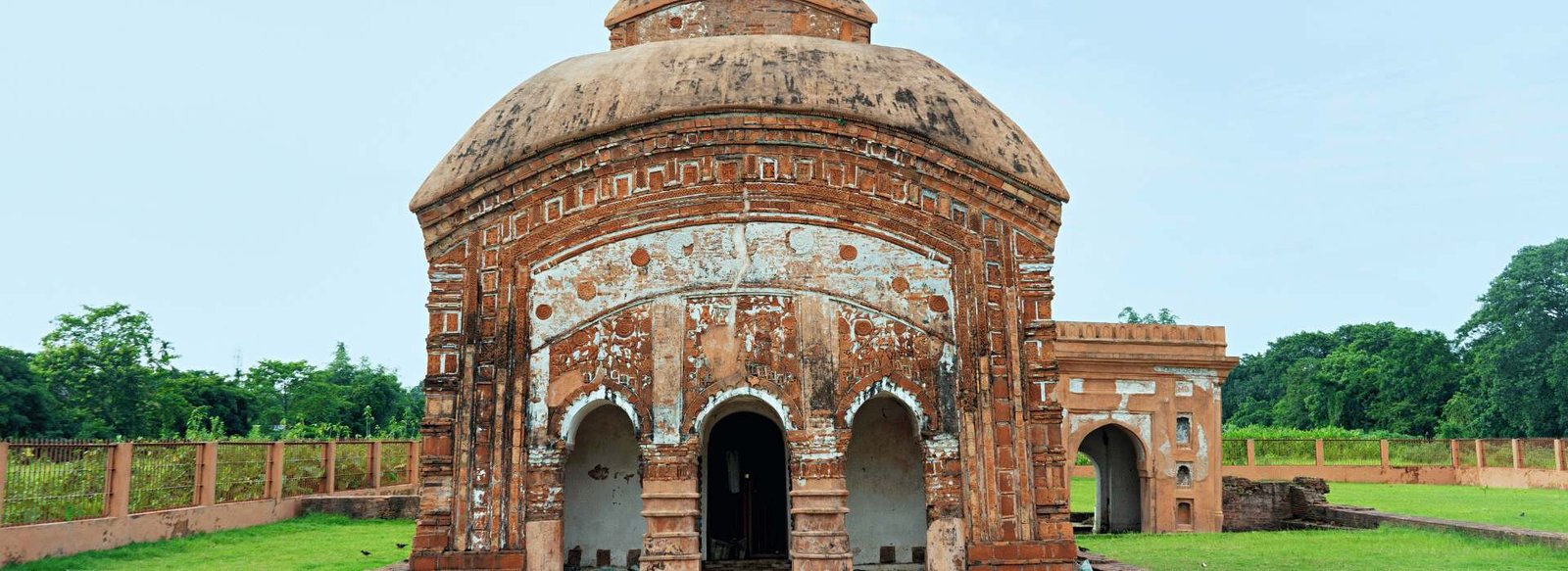
Dating back to the Ahom dynasty, this cultural town is full of historic tourist attractions from forts with underground architecture to numerous temples.Sibsagar is a state ofÊAssamÊthat provides various tourist attractions related to architectural marvels, history and culture. Some of the most popular places here include a water tank called Bhorpukhuri along with Joysagar, a man-made lake, Ahom Museum, Rudrasagar tank and temples, Gaurisagar tank and temples. One can also visit the Kareng Ghar and the Rang Ghar.
Ahom Museum
It is on the banks of Sibsagar Lake and displays artefacts such as royal armoury, clothes, manuscripts, etc which belonged to the rulers of the Ahom dynasty.
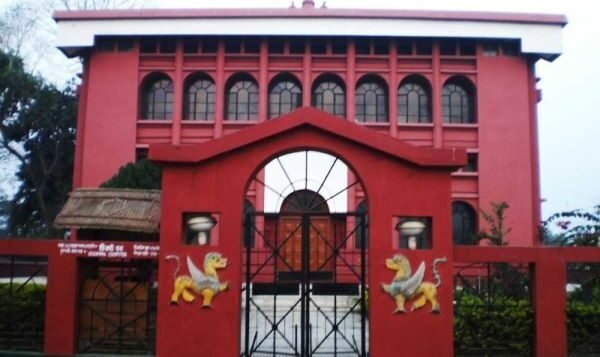

Talatal Ghar
The Talatal Ghar or the Rangpur Palace is situated in the northern region of Assam and is one of the most impressive of Tai Ahom architecture. Not only does it stand as a worthy testament to the vibrant Assamese culture and its rich history, but it is also the largest of all Ahom monuments in the entire world. History buffs and architecture lovers should add Talatal Ghar to their go-to list.Boasting of a typical Mughal architecture style, the upper ground floor of the Talatal Ghar is popularly known as Kareng Ghar and was used by as a live-in palace by the royalty of Assam. Raja Swargdeo Rudra Singha, the successor of Swargadeo Rajeswar Singha, added these top floors during his regime making the Talatal Ghar an elegant and truly spectacular seven-story royal palace.
Shivadol
This famous Shiva Temple is located on the shores of the Sibsagar Lake and was constructed in 1734. Dedicated to Lord Shiva, Shivadol was built by Bar Raja Ambika, queen of Ahom King Swargadeo Siba Singha.It is the tallest Shiva temple in India with a height of about 32 m and base perimeter of 59 m.

Kaziranga National Park

Home to the largest population of the one-horned rhino on earth, Kaziranga National Park is one of India’s national treasures in terms of flora and fauna. Located in the state of Assam in North-Eastern India, its total area is shared by the districts of Nagaon, Golaghat and Karbi Anglong placing it roughly at the centre of the state. Approximately around five hours by road from Guwahati, Kaziranga National Park stands tall as the epitome of successful wildlife conservation in India. In 1985, it was awarded the status of a World Heritage Site by UNESCO. Lying on the floodplains of the mighty river Brahmaputra, rich vegetation covers almost the entirety of Kaziranga National Park. Receiving massive amounts of rainfall each year, at times even crossing dangerous levels, this national park is characterised by tall elephant grass, marshlands and tall tropical broadleaf forests. Here, a wide variety of fauna thrives including the one-horned rhino, Asiatic elephants, wild water buffalo, leopards and Royal Bengal Tigers. Kaziranga National Park is also listed officially as a Tiger reserve and is home to one of the world’s largest population of tigers. Different types of birds can also be spotted here at the park. A popular migratory location for birds who fly down from the north, one can spot various birds such as the black-nested stork, the lesser white-fronted goose, ferruginous duck and Baer’s pochard duck to name a few. Other notable bird families which can be seen here include the great Indian hornbill and wreathed hornbill among many others. Safaris can be undertaken both during the day and night during the open tourist season. Elephant rides are also very popular among tourists and wildlife journalists and enthusiasts. Hiking is one such activity which is prohibited here to avoid casualties. Great care is taken at this national park such that tourism and natural sustainability go hand in hand.

